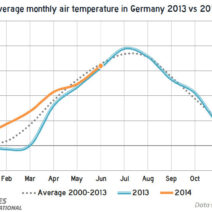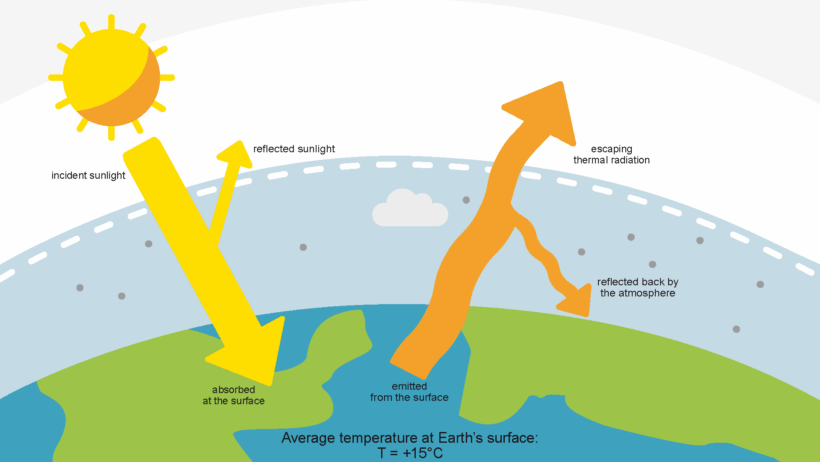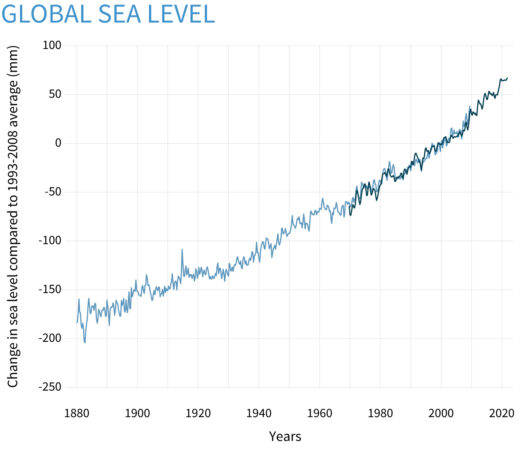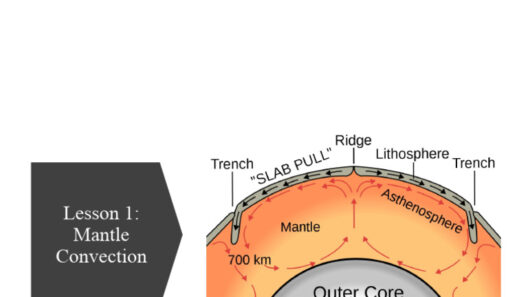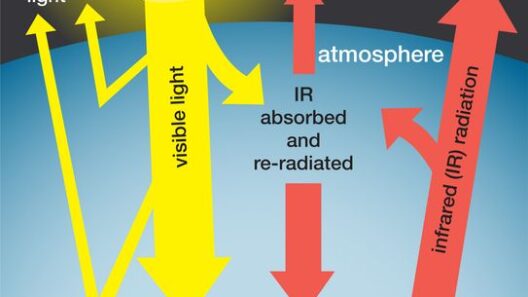Understanding the greenhouse effect is pivotal in the discourse about climate change and global warming. This atmospheric phenomenon has profound implications for life on Earth, shaping both our environment and our future. To comprehend when the greenhouse effect was discovered and how our understanding has evolved, we must traverse a complex narrative of scientific inquiry, societal impact, and revolutionary thinking.
In the annals of scientific discovery, the roots of the greenhouse effect can be traced back to the 19th century. The seeds of this understanding were sown by early scientists who explored the interplay between Earth’s atmosphere and solar radiation. Among them, one pivotal figure stands out: John Tyndall.
In 1859, Tyndall, an Irish physicist, conducted groundbreaking experiments that illuminated the role of gases in the atmosphere. He scrutinized various gases, including carbon dioxide and water vapor, discovering their propensity to absorb heat. This research was heralded as a revelation. Tyndall’s work elucidated how particular gases could trap heat, akin to glass in a greenhouse, thereby maintaining temperature and influencing climatic conditions. His experiments laid the foundational knowledge upon which future climate science would be established.
Rethinking the Atmosphere: The Evolution of Scientific Thought
As the 19th century progressed, the initial understanding of the greenhouse effect began to garner increased attention. However, it wasn’t until the late 1800s and early 1900s that additional scientific breakthroughs catalyzed further inquiry into this critical phenomenon. Notably, in 1896, Swedish scientist Svante Arrhenius quantifiably connected human activity, particularly the combustion of fossil fuels, to changes in atmospheric carbon dioxide levels. He posited that increased carbon emissions would lead to a rise in global temperatures, an assertion that remains alarmingly relevant today.
Arrhenius’s work expanded upon Tyndall’s theories, and he was one of the first to calculate the potential impact of elevated carbon dioxide on Earth’s climate. His pioneering models demonstrated an understanding of feedback loops and the intricate balance of the Earth’s climate system, cementing the tenets of the greenhouse effect in scientific literature. The groundbreaking nature of his findings, however, did not immediately translate into widespread public awareness or policy changes, illustrating a disjunction between scientific knowledge and societal action.
The Turning Point: A Wakeup Call for Humanity
The mid-20th century marked a turning point in the understanding of climate dynamics. As technological advancements expanded, so did our observational capabilities and comprehension of the Earth’s atmosphere. The launch of the atmospheric sciences as a formal discipline allowed researchers to collect empirical data on climate patterns. The discovery of the ozone layer, alongside the appreciation of the greenhouse gases’ impact, forced a reckoning among scientists and politicians alike.
By the 1970s, the implications of the greenhouse effect were becoming increasingly evident. The scientific community began to converge on the understanding that human activity was likely influencing global temperatures and precipitating shifts in weather patterns. The first Reports on the Greenhouse Effect, coupled with alarming predictions of rising sea levels and extreme weather events, served as a clarion call for policymakers globally.
Paving the Way for the Future: The Intergovernmental Panel on Climate Change
As awareness of anthropogenic climate change grew, the establishment of the Intergovernmental Panel on Climate Change (IPCC) in 1988 represented a vital collaborative effort to synthesize scientific research and offer policy recommendations. The IPCC consolidated decades of research about the greenhouse effect and its far-reaching consequences for ecosystems, global health, and economies worldwide.
Scientific consensus, solidified by the IPCC’s comprehensive assessments, was underscored by the pivotal 2007 report, which prominently linked increased greenhouse gas concentrations to human-induced climate change. This landmark finding fueled international dialogues, such as the Kyoto Protocol and subsequent climate summits, aiming to curb emissions and mitigate potential catastrophes.
Consequently, an intrinsic connection between understanding and action emerged. As societies grappled with the implications of global warming, the dissemination of knowledge transitioned from academia into mainstream consciousness, urging a collective response to one of humanity’s greatest challenges.
The Aesthetic Appeal of Climate Awareness: Communication Through Art and Media
Throughout history, the narrative of the greenhouse effect has transcended scientific discourse, seeping into the realms of art, literature, and social movements. This aesthetic dimension has proven instrumental in communicating the urgency of climate change to broader audiences. Documentaries, visual art, and public installations have played an integral role in reshaping perceptions, invoking feelings of concern, hope, and collective responsibility.
In recent years, engaging visual illustrations—such as infographics highlighting temperature changes or artistic representations of climate-related phenomena—have made the fearsome data more palatable, transforming statistics into evocative messages that resonate emotionally. This blend of science and art underscores the multifaceted nature of climate change communication, appealing to ethos and pathos alike.
Ongoing Research and the Future of Our Planet
As the urgent quest for sustainable solutions continues, the quest to unravel the complexities of the greenhouse effect persists. The scientific community remains committed to understanding feedback mechanisms and potential tipping points, as the implications of our findings reverberate in societal discourses. The journey from early scientific speculation to current climate science exemplifies the profound evolution of human understanding as we tread the thin line between resilience and vulnerability in the face of a warming world.
Ultimately, the history of the greenhouse effect is not merely a tale of scientific discovery; it is an ongoing narrative that intertwines the fate of humanity with that of the planet. As we deepen our understanding of the factors driving climate change, we must also strengthen our resolve to combat its effects. The story is far from over, and our engagement in this critical dialogue has never been more essential.
